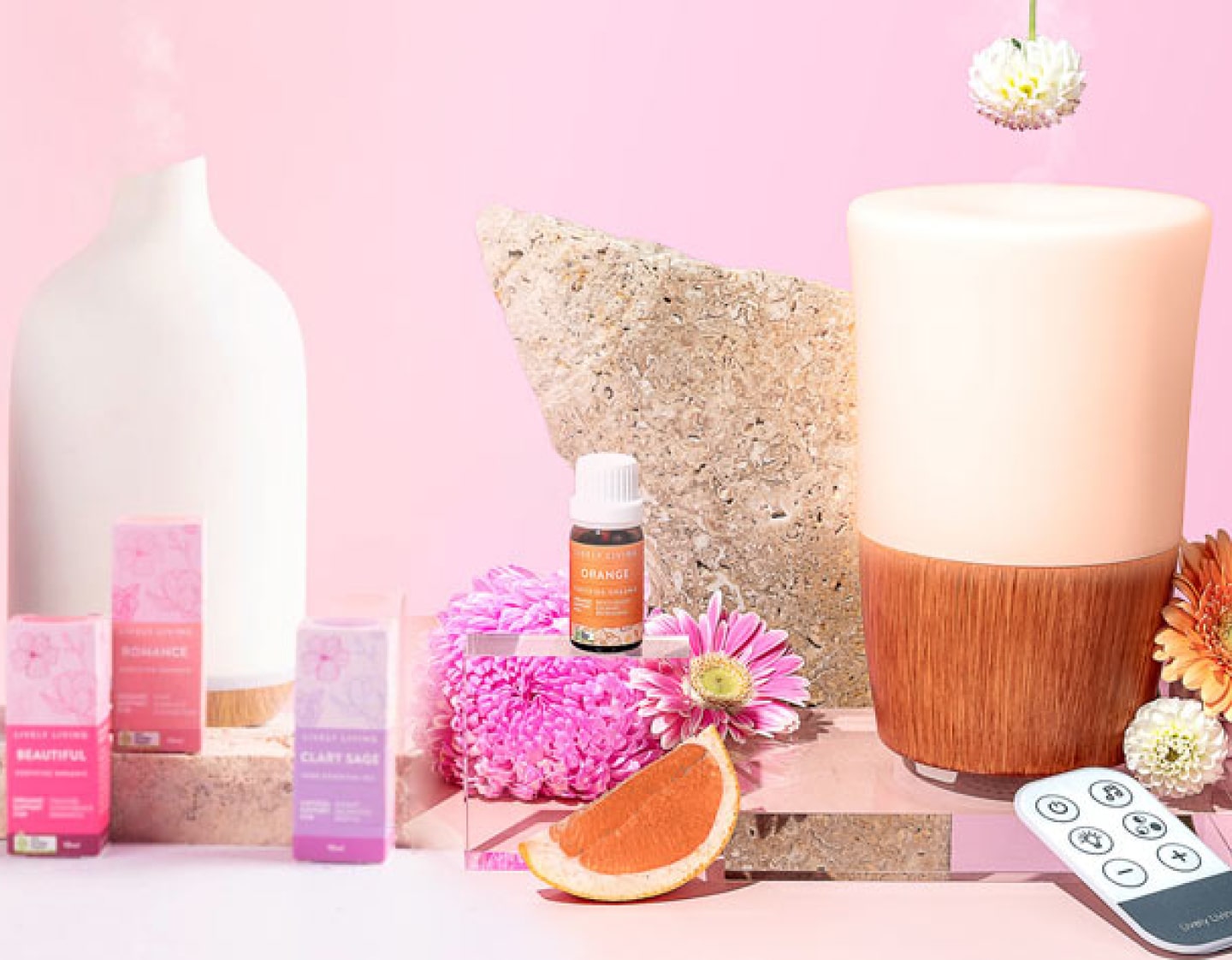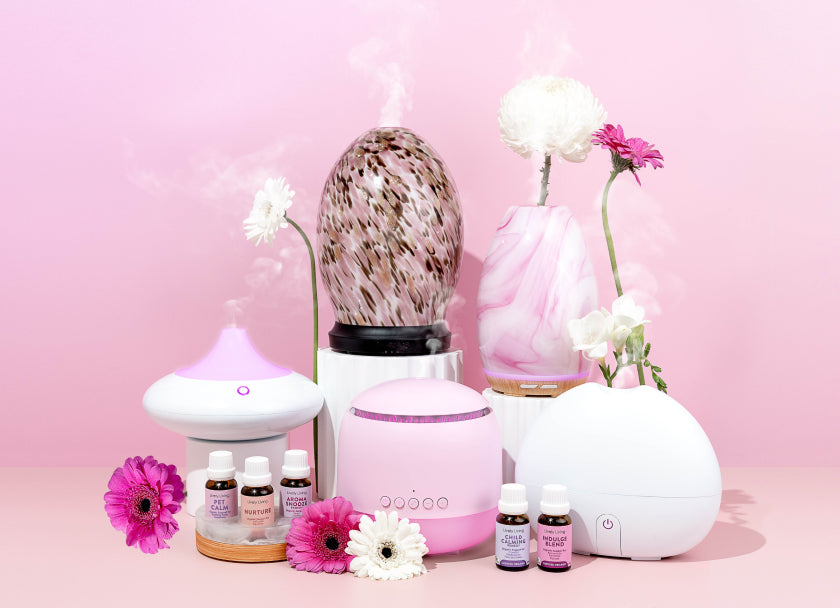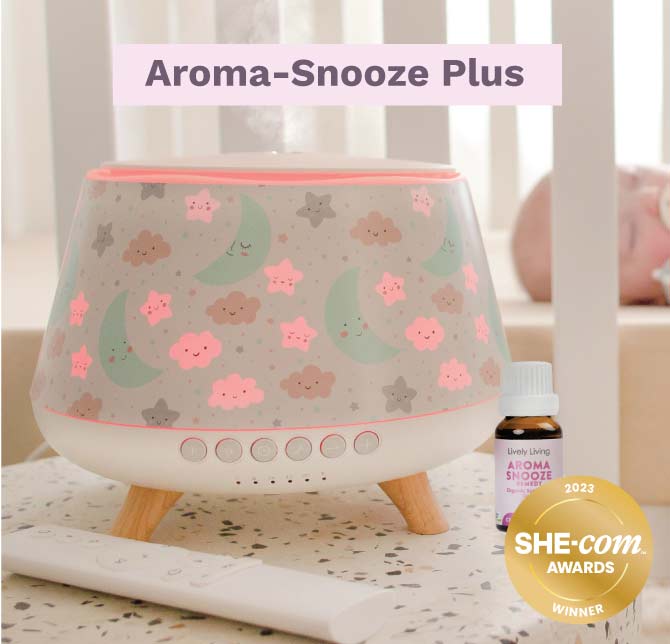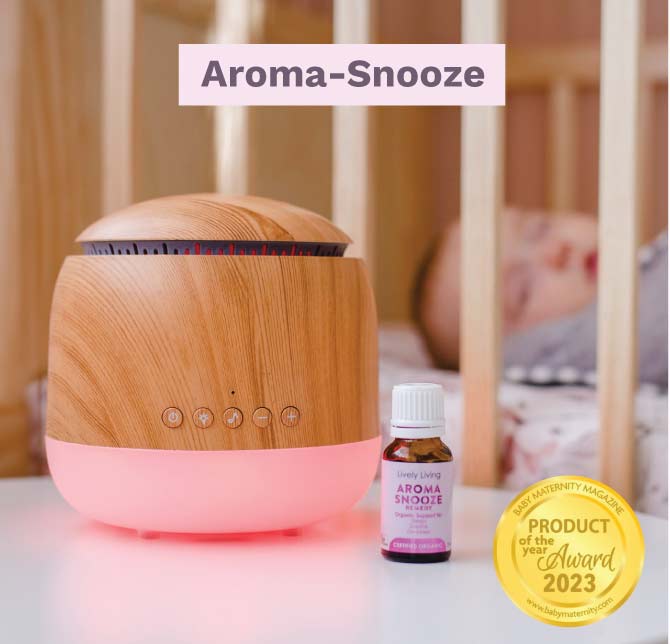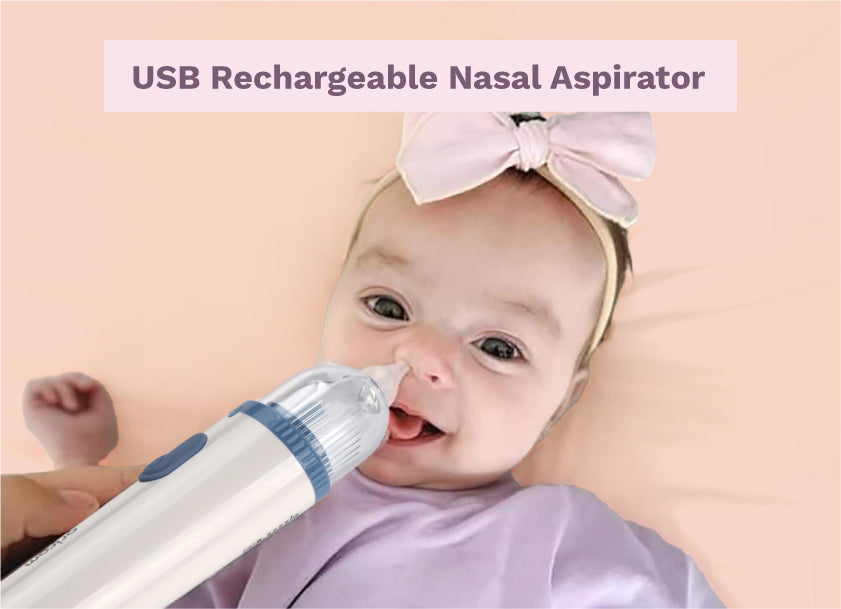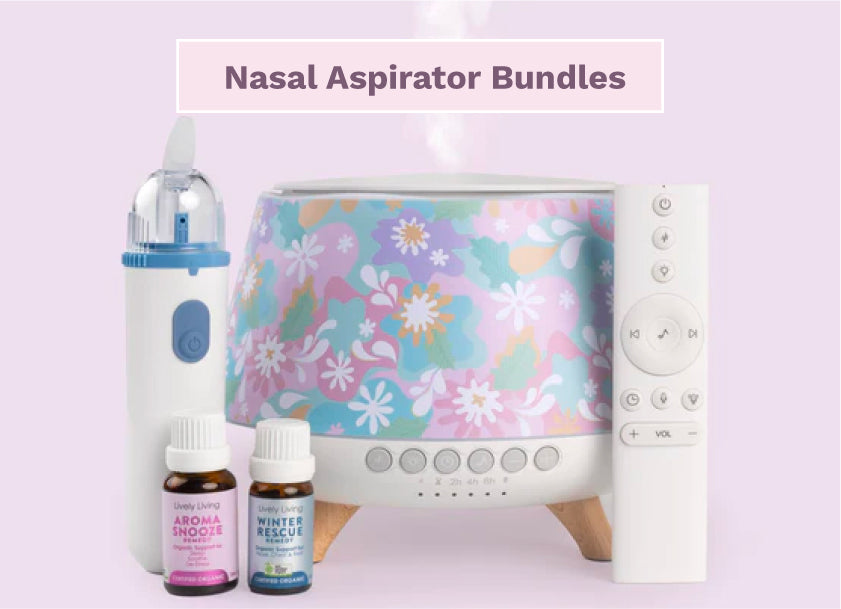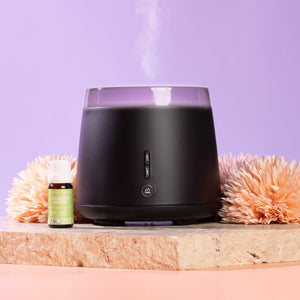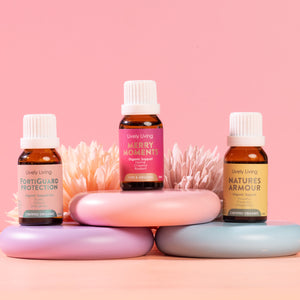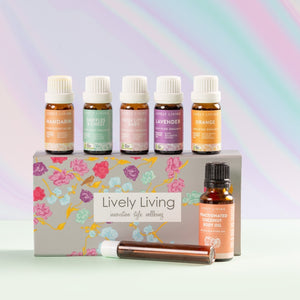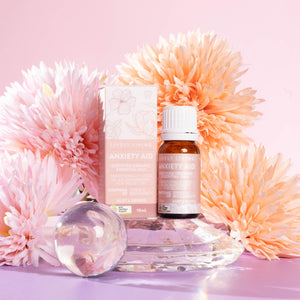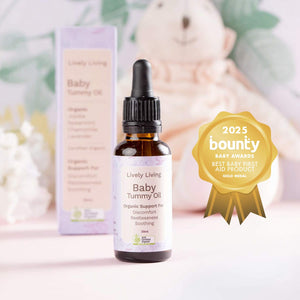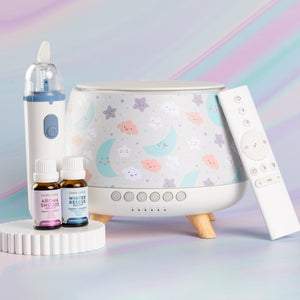Exploring the Power of Carrier Oils in Aromatherapy
Carrier oils are often the unsung heroes within aromatherapy. These natural, plant-based oils work diligently behind the scenes, yet they play a critical part in unlocking the full potential of essential oils. If you have ever questioned why your essential oils are not delivering the desired results, the answer might be found in the carrier oil you are, or perhaps are not, using.
Unlocking the Power of Carrier Oils in Aromatherapy goes far beyond simply diluting potent essential oils. It is about amplifying their inherent benefits and ensuring they are safer for direct application to your skin. The selection of an appropriate carrier oil can truly transform your aromatherapy experience and elevate your overall body care routine.
Table of Contents:
- What Are Carrier Oils?
- Why Are Carrier Oils Important in Aromatherapy?
- Unlocking the Power of Carrier Oils in Aromatherapy: Top Choices
- How to Choose the Right Carrier Oil
- Unlocking the Power of Carrier Oils in Aromatherapy: Best Practices
- Common Mistakes to Avoid
- DIY Carrier Oil Blends
- Conclusion
What Are Carrier Oils?
Carrier oils are typically vegetable oils, derived from the fatty portions of various plants; this usually includes the seeds, kernels, or nuts. These plant extracts are rich in nutrients. Unlike their more volatile counterparts, essential oils, carrier oils do not evaporate quickly and generally do not possess a strong aroma of their own, allowing the scent of the aromatherapy essential oils to shine.
Their primary function, as their name suggests, is to 'carry' the concentrated essential oil onto your skin, facilitating safe and effective application. These oils are generally odorless or possess only a faint, often pleasant, nutty or sweet aroma. They are packed with beneficial components like vitamins, minerals, and essential fatty acids, which deeply nourish your skin while aiding in the delivery of the therapeutic benefits offered by essential oils.
The composition of carrier oils, often including a high percentage of essential fatty acids like linoleic and oleic acid, contributes significantly to their skin-conditioning properties. This makes them an integral part of any comprehensive skin care regimen. The method by which the oil extracted can also influence its quality and nutrient profile.
Why Are Carrier Oils Important in Aromatherapy?
Carrier oils form the very foundation of safe and effective aromatherapy practices, enhancing every aromatherapy experience. They serve several vital functions that are indispensable for the proper use of essential oils and for achieving the best results in body care and skin care.
Here are some key reasons for their importance:
- Dilution: Essential oils are incredibly concentrated and potent. If applied directly to the skin, or 'neat', they can cause irritation, sensitization, or adverse reactions. Carrier oils dilute these potent substances to concentrations that are safe for topical application, making them gentle on the skin. Properly, carrier oils dilute essential oils for a safer experience.
- Enhanced Absorption: These oils can help your skin absorb the essential oils more effectively. The molecular structure of carrier oils aids in transporting the smaller essential oil molecules through the skin's layers, improving the delivery of their therapeutic benefits.
- Moisturizing and Nourishing: Many carrier oils boast their own impressive skin-nourishing properties, independent of the essential oils they carry. They are rich in essential fatty acids, vitamins, and antioxidants that hydrate, protect, and promote skin health, adding an extra layer of care to your aromatherapy routine and contributing to a healthy skin tone.
- Extended Benefits: Carrier oils are non-volatile, meaning they do not evaporate quickly like essential oils. By mixing essential oils with a carrier oil, the evaporation of the more volatile essential oil is slowed down, allowing its therapeutic aroma and benefits to linger on the skin for a longer period.
- Customization: Using carrier oils allows for customization of aromatherapy blends. You can choose a carrier oil based on its specific properties—like its absorption rate or skin benefits—to complement the chosen essential oils and address particular needs, from managing dry skin to creating a blend for a relaxing massage.
Without carrier oils, the practice of aromatherapy would be far more limited and carry higher risks of skin irritation. They are fundamental to a holistic and beneficial aromatherapy experience.
Unlocking the Power of Carrier Oils in Aromatherapy: Top Choices
Not all carrier oils are identical; each possesses distinct properties and offers varied benefits for different skin types and applications. Understanding these differences is crucial. Here are some top choices among well-known carrier oils for effectively unlocking the power of carrier oils in aromatherapy:
1. Jojoba Oil
Jojoba oil is a consistent favorite among aromatherapists and skin care enthusiasts alike. Interestingly, it is technically a liquid plant wax, not an oil, and its composition very closely resembles our skin's natural sebum. This unique characteristic makes it an excellent choice for virtually all skin types, including oily and acne-prone skin, as it helps balance oil production and wonât clog pores.
Jojoba oil is celebrated for its long shelf life and its non-greasy feel upon application. It is rich in vitamin E and B-complex vitamins, which are vital for promoting skin health and repair. It pairs seamlessly with most organic essential oils and is particularly well-suited for facial applications, including serums and moisturizers. Its ability to mimic skin's natural sebum means it is readily absorbed.

2. Sweet Almond Oil
Sweet almond oil is a highly versatile and popular carrier oil, generally suitable for most skin types, especially sensitive and dry skin. This oil derived from almond kernels is rich in vitamin E, essential fatty acids, proteins, and minerals, which can significantly help improve your skin's texture and overall skin tone. It is a very popular choice for many.
This oil absorbs relatively quickly into the skin without leaving a heavy residue and generally wonât clog pores. It is an excellent choice for full body massage, aromatherapy massage, and general body care applications. Many also find sweet almond oil effective as a gentle makeup remover. However, individuals with nut allergies should exercise caution and avoid its use.
3. Coconut Oil
Coconut oil is a widely popular choice, lauded for its impressive antimicrobial and deeply moisturizing properties. In its unrefined state, it is solid at room temperature but melts easily with body heat, making it easy to work with. For aromatherapy, fractionated coconut oil is often preferred because it remains liquid at cooler temperatures and has a longer shelf life; it also tends to be less likely to clog pores than virgin coconut oil for some individuals.
This oil is particularly beneficial for addressing dry skin or damaged hair, providing intense hydration and conditioning. It pairs well with a broad spectrum of essential oils and is a common ingredient in DIY beauty products and hair care formulations. While incredibly nourishing, unrefined coconut oil can feel heavy on certain skin types, particularly oily or acne-prone skin.
4. Grapeseed Oil
Grapeseed oil is favored for its light texture and how easily absorbed it is by the skin, making it a good candidate for those with oily or acne-prone skin. It is rich in linoleic acid, an omega-6 essential fatty acid, and vitamin E, which can help improve skin elasticity and reduce inflammation. Its lightweight nature means it wonât clog pores for most people.
This oil possesses a very neutral scent, which is advantageous as it won't interfere with the aroma of your chosen aromatherapy essential oils. It is frequently used in facial serums, lotions, and body oils. Grapeseed oil also has slightly astringent qualities, which can assist in toning and tightening the skin, helping to improve skin appearance.
5. Rosehip Seed Oil
Rosehip seed oil, often referred to as rosehip oil, is pressed from the seeds of wild rose bushes (rosehip seed). It is celebrated for its remarkable skin regeneration properties. This oil is packed with essential fatty acids (omega-3 and omega-6), vitamin C, and vitamin A (retinol), making it excellent for mature, dry, or irritated skin.
It is highly effective in reducing the appearance of scars, stretch marks, and fine lines, and it helps improve skin elasticity and skin tone. Due to its potent nature, it is often used in smaller percentages within an oil blend or for targeted treatments. Its vibrant color, typically amber or reddish, comes from the carotenoids present in the oil.

6. Castor Oil
Castor oil is a unique, thick, and viscous oil extracted from the seeds of the castor bean plant (Ricinus communis, or castor bean). It is well-known for its strong cleansing and purging properties. Traditionally, it has been used to promote hair growth and thickness, making it a popular ingredient in hair care treatments and for eyebrow and eyelash enhancement. A head massage with diluted castor oil can be beneficial.
Its main active component, ricinoleic acid, exhibits impressive anti-inflammatory properties. While its thickness can make it less ideal as a primary body oil, it excels in targeted applications or when blended with lighter carrier oils. It is also used in some cleansing oil formulations due to its ability to draw out impurities.
7. Fractionated Coconut Oil
Fractionated coconut oil is a specific form of coconut oil where the long-chain triglycerides have been removed, leaving mainly medium-chain triglycerides. This process results in an oil that remains liquid at room temperature and has a very long shelf life. It is colorless, odorless, and easily absorbed, making it an excellent choice for aromatherapy as it won't alter the scent of essential oils.
Because it is light and non-greasy, fractionated coconut oil is suitable for all skin types and wonât clog pores. It's a very popular carrier for creating essential oil rollerball blends, massage oils, and various skin care and hair care products. Its neutral nature makes it extremely versatile for any oil blend.
How to Choose the Right Carrier Oil
Selecting the most suitable carrier oil is fundamental to truly unlocking the power of carrier oils in aromatherapy and achieving the desired results for your skin and well-being. There are several important factors to consider to make an informed decision, ensuring your chosen oil complements both the essential oils and your specific needs.
Consider these aspects when making your selection:
- Skin Type: This is perhaps the most crucial factor. Different oils are better suited for different skin types. For example, jojoba oil is excellent for oily or acne-prone skin because it mimics skin's natural sebum and helps balance oil production. For dry skin, richer oils like avocado oil or sweet almond oil provide more intense moisture. Sensitive skin may benefit from gentle oils like apricot kernel oil or grapeseed oil.
- Absorption Rate and Texture: Carrier oils vary in how quickly they absorb into the skin and their texture. Some, like grapeseed oil or fractionated coconut oil, are light and absorb rapidly, leaving little residue. Others, such as avocado oil or unrefined shea butter (often used as a carrier), are heavier and absorb more slowly, providing a longer-lasting barrier and deeper moisturization, which can be ideal for very dry skin or for a relaxing massage where glide is important.
- Scent: While most carrier oils have a very mild or neutral aroma, some, like unrefined coconut oil or olive oil, possess a distinct scent that might interact with or alter the fragrance of your chosen organic essential oils. If preserving the pure aroma of your essential oil blend is paramount, opt for a carrier oil with little to no scent, like fractionated coconut oil or grapeseed oil.
- Shelf Life: Carrier oils have varying shelf lives; some are more prone to rancidity than others. Oils high in polyunsaturated fatty acids, like flaxseed oil or evening primrose oil, tend to have shorter shelf lives and may require refrigeration after opening. Oils like jojoba oil and fractionated coconut oil are very stable and can last for a long time when stored properly at room temperature. Always check the expiration date and store oils in a cool, dark place.
- Allergies and Sensitivities: Always be mindful of potential allergies. Nut-derived oils, such as sweet almond oil or macadamia nut oil, should be avoided by individuals with nut allergies. It is always recommended to perform a patch test on a small area of skin before applying a new carrier oil, or any oil blend, more broadly, especially if you have sensitive or irritated skin.
- Purity and Extraction Method: The quality of the carrier oil can significantly impact its benefits. Look for cold-pressed, unrefined oils when possible, as these methods of how the oil extracted help retain more of the oil's natural nutrients and therapeutic properties. Organic options further reduce the risk of pesticide residues. Some suppliers of organic essential oils and carrier oils also offer conveniences like free shipping, which can be a factor when purchasing in bulk.
- Purpose of Use: Consider what you are using the oil for. A light oil might be best for a facial serum, while a slightly richer oil might be preferred for body care or a therapeutic aromatherapy massage. For hair care, oils like argan oil or castor oil offer specific benefits for hair growth and conditioning.
By carefully considering these factors, you can choose a carrier oil that not only effectively delivers the benefits of your essential oils but also provides its own valuable contributions to your skin health and overall aromatherapy experience.
Common Mistakes to Avoid
When embarking on your journey with carrier oils in aromatherapy, it's easy to make a few missteps. Avoiding these common pitfalls will help you achieve a better and safer aromatherapy experience, allowing you to truly harness their power and promote skin health effectively.
Be mindful of these frequent errors:
- Using Rancid Oils: Always check the freshness of your carrier oils. Rancid oils lose their therapeutic properties, can smell unpleasant, and may even irritate the skin. Note the purchase date and typical shelf life, and store them properly to prevent premature spoilage. Discard any oil that has an off-smell or has significantly changed in color or consistency.
- Ignoring Allergies or Sensitivities: Be aware of potential allergic reactions, especially with nut-based oils like sweet almond oil if you or the person you are creating a blend for has nut allergies. Always perform a patch test, even with well-known carrier oils, as individual sensitivities can vary. This is crucial for preventing irritated skin.
- Incorrect Dilution Ratios: While dilution is crucial, using too much carrier oil can overly weaken the effects of your essential oils, diminishing their therapeutic benefits. Conversely, not using enough carrier oil (under-diluting) can lead to skin irritation or sensitization from the concentrated essential oils. Follow recommended dilution guidelines for the specific application and user.
- Using the Wrong Oil for Your Skin Type: Applying an oil not suited for your skin type can lead to undesirable outcomes, such as breakouts if a heavy, comedogenic oil is used on acne-prone skin, or insufficient moisture if a very light oil is used on extremely dry skin. Understanding your skin's needs and the properties of different oils helps balance oil production and improve skin. Some oils might clog pores if not chosen carefully.
- Forgetting to Shake Blends: Some carrier oils, or blends of carrier and essential oils, can separate slightly over time if left standing. Always give your blends a gentle shake before each use to ensure the oils are evenly distributed for consistent application.
- Overlooking Quality and Source: Not all carrier oils are created equal. Lower quality oils, potentially those that are highly refined or solvent-extracted, may lack the beneficial compounds found in cold-pressed, unrefined versions. The source of the plant extracts can also impact quality. Prioritize high-quality, reputable sources for your carrier oils, especially when using them for therapeutic purposes or on sensitive skin.
- Applying Oils to Broken or Infected Skin Without Caution: While some carrier oils have healing properties, applying oils directly to open wounds or infected skin should be done with caution and sometimes avoided unless specifically recommended by a healthcare professional. It's important not to introduce further contaminants or aggravate the condition.
Avoiding these common mistakes will significantly enhance your success and enjoyment when working with carrier oils and essential oils, leading to a more effective and pleasant aromatherapy practice.
DIY Carrier Oil Blends
Ready to start experimenting and creating your own personalized treatments? Crafting your own DIY carrier oil blends allows you to combine the unique properties of different oils to target specific needs, whether for skin care, hair care, or a relaxing massage. These blends can truly elevate your aromatherapy experience and promote skin health.
Here are some DIY carrier oil blends to inspire you:
Nourishing Face Oil for Radiance
This blend is designed to hydrate, protect, and improve skin tone, making it an excellent choice for daily facial care. It aims to reduce the appearance of fine lines and support skin elasticity.
- 2 parts Jojoba Oil (approx. 10ml): Balances skin's natural sebum, suitable for all skin types.
- 1 part Rosehip Seed Oil (approx. 5ml): Rich in Vitamin A & C, targets scars, fine lines, and promotes regeneration.
- 1 part Argan Oil (approx. 5ml): Provides deep hydration and antioxidants, boosts skin elasticity.
To this 20ml carrier oil blend, you could add 2-4 drops of organic essential oils like Lavender for calming, Frankincense for anti-aging, or Geranium to improve skin tone.
Soothing Body Oil for Dry or Irritated Skin
This blend focuses on providing deep moisturization and calming relief for dry, itchy, or irritated skin, making it perfect for overall body care after a bath or shower.
- 3 parts Sweet Almond Oil (approx. 15ml): Gentle, nourishing, and easily absorbed, an excellent choice for sensitive skin.
- 1 part Calendula-Infused Oil (approx. 5ml): Known for its anti-inflammatory properties and ability to soothe irritated skin. (You can make this by infusing calendula petals in a carrier oil like olive or sunflower oil).
- 1 part Evening Primrose Oil (approx. 5ml): Rich in Gamma-Linolenic Acid (GLA), beneficial for eczema and dry skin conditions.
For this 25ml blend, consider adding 5-7 drops of Chamomile or Lavender essential oil for enhanced soothing effects.
Hair Growth and Scalp Health Blend
This potent blend is formulated to nourish the scalp, strengthen hair follicles, and encourage healthy hair growth. It is ideal for a stimulating head massage.
- 2 parts Fractionated Coconut Oil (approx. 10ml): Light and penetrating, helps carry other oils to the scalp.
- 1 part Castor Oil (approx. 5ml): From the castor bean plant, traditionally used to promote thicker hair growth and condition the scalp.
- 1 part Argan Oil (approx. 5ml): Moisturizes hair, adds shine, and protects from damage.
Mix this 20ml carrier blend with 4-6 drops of essential oils like Rosemary (for circulation and growth), Peppermint (for stimulation), or Cedarwood (to balance oil production on the scalp).
Relaxing Massage Oil Blend
This oil create a perfect medium for a soothing and relaxing massage, helping to ease muscle tension and calm the mind.
- 2 parts Grapeseed Oil (approx. 10ml): Light, easily absorbed, and provides good glide.
- 1 part Sweet Almond Oil (approx. 5ml): Nourishing and adds a slightly richer texture for massage.
- 1 part Jojoba Oil (approx. 5ml): Conditions the skin without feeling overly greasy.
For this 20ml massage oil base, incorporate 4-6 drops of relaxing aromatherapy essential oils such as Lavender, Chamomile, or a blend like Marjoram and Bergamot. This creates a wonderful aromatherapy massage experience.
When creating your blends, mix the carrier oils first, then add your chosen essential oils. Store your personalized creations in dark glass bottles. These DIY blends not only allow you to customize your body care but also deepen your connection with the natural benefits of plant extracts.
Conclusion
Unlocking the Power of Carrier Oils in Aromatherapy truly opens up a vast array of possibilities for enhancing your personal wellness routine and overall body care. These versatile plant extracts and seed oil wonders do far more than just dilute concentrated essential oils; they are potent ingredients in their own right. They offer a wide spectrum of skin-nourishing benefits, from improving skin tone to helping balance oil production.
By understanding how to choose the right carrier oils for your specific skin type and needs, and by using them correctly with your favorite organic essential oils, you can significantly maximize the therapeutic benefits of your aromatherapy practice.

